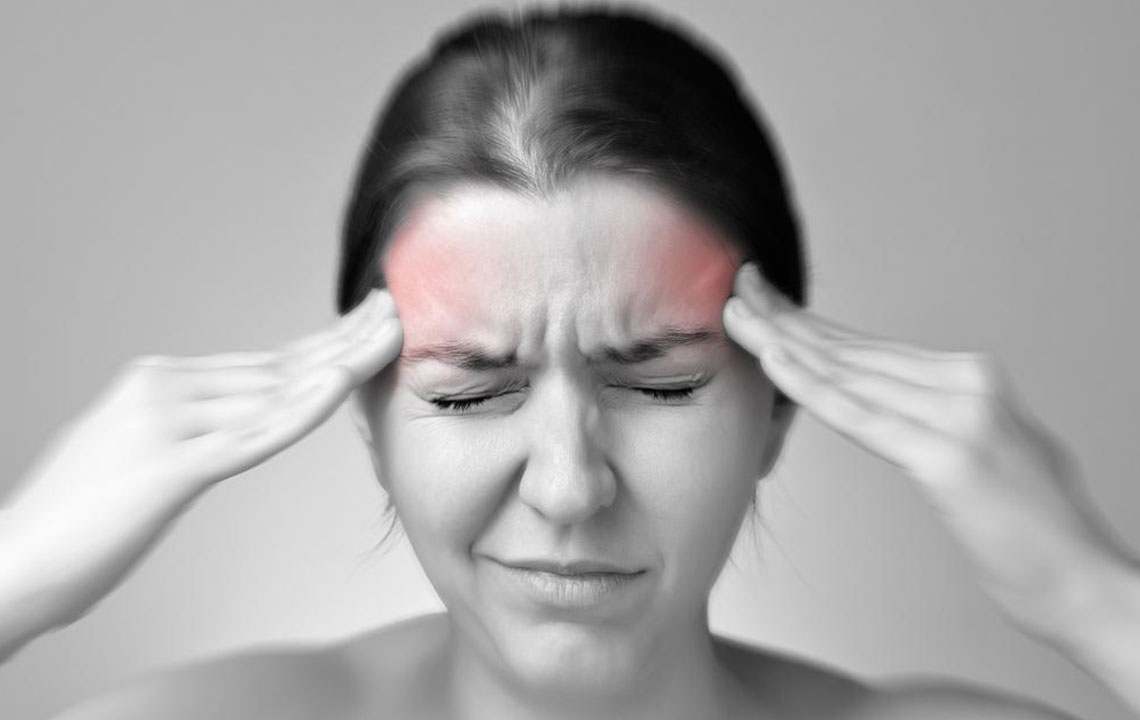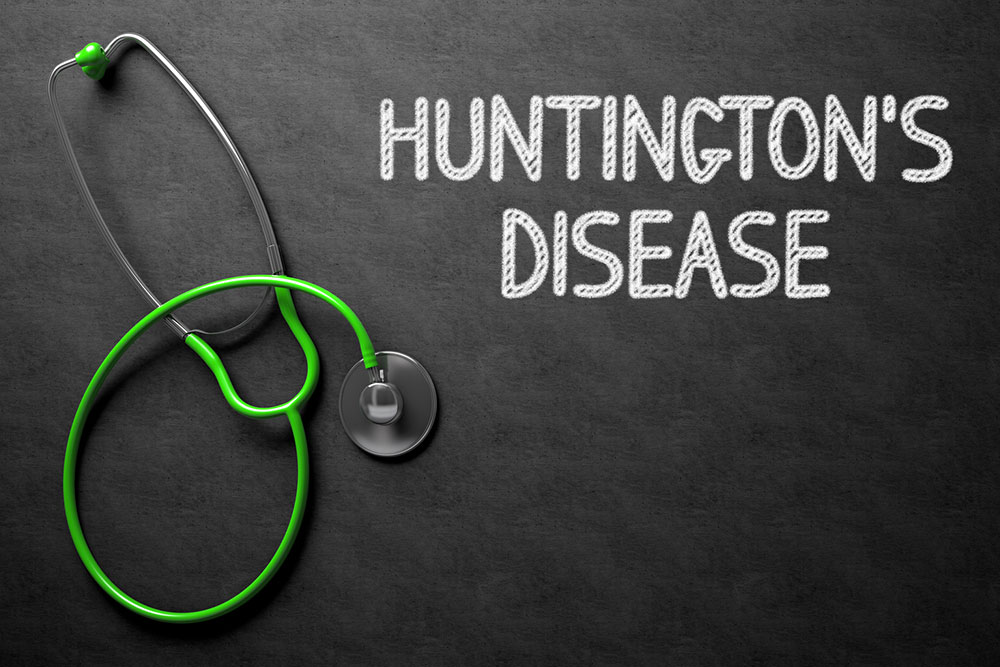Essential Guidelines for Identifying Symptoms of Huntington's Disease
Huntington's disease is a progressive neurological condition marked by motor, emotional, and cognitive symptoms. Early recognition of signs such as involuntary movements, behavioral changes, and coordination issues is vital for timely diagnosis and management. This comprehensive guide covers the key indicators of Huntington's, including physical and behavioral symptoms, disease progression, and treatment options. Understanding these early signs can significantly improve patient care and quality of life. The article emphasizes the importance of medical attention for symptomatic individuals and offers insights into managing the disease effectively.

An In-Depth Look at Recognizing Symptoms and Early Indicators of Huntington's Disease
Huntington's disease is a progressive neurological disorder that results from the degeneration of nerve cells in the brain. This condition gradually impairs the brain's ability to function properly, leading to significant challenges in movement, emotional regulation, and cognitive processes. Understanding the early signs and symptoms of Huntington's disease is crucial for timely diagnosis, effective management, and improved quality of life for affected individuals.
Usually, symptoms begin to manifest in individuals during their 30s or 40s. However, late-onset cases, occurring in older adults, are also observed. When symptoms emerge before the age of 20, the condition is classified as juvenile Huntington's disease, which tends to progress more rapidly and presents some unique features compared to adult-onset cases.
Recognizing the Signs and Symptoms of Huntington's Disease
Huntington's disease manifests through a combination of motor disturbances, emotional shifts, and cognitive decline. It often begins with subtle signs that progressively worsen over time. Early recognition of these indicators can facilitate prompt medical intervention and help individuals adapt to the evolving challenges.
Physical and Motor Symptoms
Noticeable increase in restlessness and fidgeting
Problems with coordination that affect balance and movement stability
Minor twitching or involuntary movements in fingers, toes, or facial muscles
Alterations in handwriting, such as irregular or worsening penmanship
Muscle stiffness, rigidity, or slowed movements known as bradykinesia
Difficulty performing everyday activities such as driving, cooking, or dressing
Behavioral and Cognitive Challenges
Decline in short-term memory and forgetfulness
Reduced ability to concentrate and focus on tasks
Difficulty organizing tasks, planning, or adapting to new situations
Impulsive behaviors and poor judgment
Episodes of mood swings, depression, irritability, or withdrawal from social activities
Progression and Severe Symptoms
As Huntington's disease advances, symptoms become more pronounced, severely impacting daily routines. Involuntary movements such as jerks, tics, or twitching become prominent. Cognitive abilities decline further, often leading to dementia. Emotional disturbances intensify, with patients experiencing severe depression or apathy. Additional challenges include speech and swallowing difficulties, obsessive-compulsive behaviors, and weight loss due to decline in physical health.
In juvenile Huntington's disease, symptoms can appear differently, often with prominent behavioral issues, muscle rigidity affecting posture and gait, and sometimes seizures or tremors. These early signs require quick medical attention for diagnosis and therapy. In some cases, movement abnormalities and loss of motor skills are prominent early features.
Timely medical evaluation upon noticing any movement, behavioral, or emotional changes is essential. Various medications and therapeutic interventions can help manage symptoms and improve the patient's overall quality of life. A multidisciplinary approach involving neurologists, psychiatrists, and physical therapists often yields the best outcomes.





